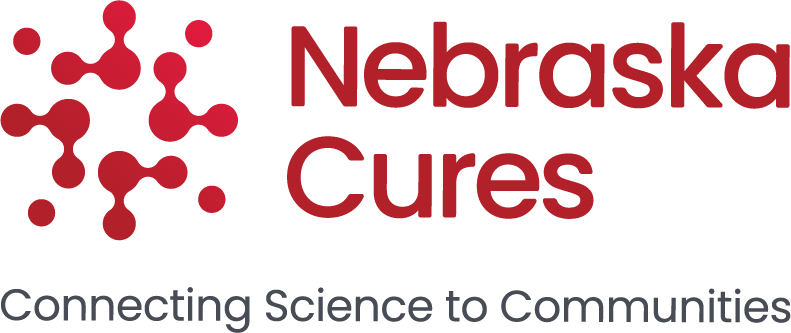Gene therapy employing genetic engineering approaches involves the direct manipulation of DNA using biotechnology and may or may not include the manipulation of stem cell populations. The first description of this approach in biological systems was in the early 1970’s. Over the next ten years, there was great success in the development of recombinant plant strains (GMO crops) and human proteins for therapeutic applications produced by bacteria (e.g., insulin). The initial attempts at clinical gene therapy in humans were both controversial and unsuccessful in most regards. Nonetheless, gene therapy took a big step forward with the description of the CRISPR/Cas9 technology about 10 years ago. A very nice review of the history of this technique along with all of its potential applications and ethical issues is presented on the NIH website. It should be noted that this technology has been further modified recently to increase accuracy, safety and effectiveness of the tool.
The application of genetic engineering can be broadly divided into two areas: those that target only somatic cells (i.e., those treatments that only impact the individual being treated) and germ line therapy (i.e., those therapies that will be carried on into future generations). Germ line therapies in humans are widely discouraged or even prohibited in some countries.
Nonetheless, there have been a few widely publicized ventures into this area. The most prominent has been the claim in China of the successful delivery of CRISPR-edited twin girls with the intention of protecting them from HIV.
Indeed, this revelation was internationally criticized and led to an increased demand that any editing of the heritable genome, even for a potentially good reason, should be halted until a more extensive ethical and scientific review, involving more than just the scientific and clinical community, takes place. Why is more review necessary? Although this approach could be used to potentially eliminate some heritable diseases, many scientists and clinicians have pointed out that germline therapies also could lead to attempts at genetic enhancement. This could involve the possible production of “designer babies” where genome editing might be used to change non-medically relevant characteristics, such as intelligence, athletic ability, eye color or height.
On the other hand, somatic cell therapies in humans are now in clinical trials for several diseases and more are on the horizon. For example, gene therapy combined with stem cell transplantation has now been shown to be effective in treating severe combined immunodeficiency disease (recall the “bubble boy.”. Likewise, CRISPER technology has been applied to development of therapies for sickle cell disease and beta thalassemia as well as in development of approaches for therapy in Duchenne muscular dystrophy and Hunter Syndrome. Many more genetic disorders and diseases are also in the research pipeline. Finally, CRISPER gene editing has entered the area of cancer therapy (sarcoma in the case discussed) with initial reports of some success.
Very clearly, gene therapy has gained a lot of ground in a short time and it appears to be a prime time for continued discussion and research in the area of genetic engineering.
— David Crouse, PhD, President of Nebraska Coalition for Lifesaving Cures
